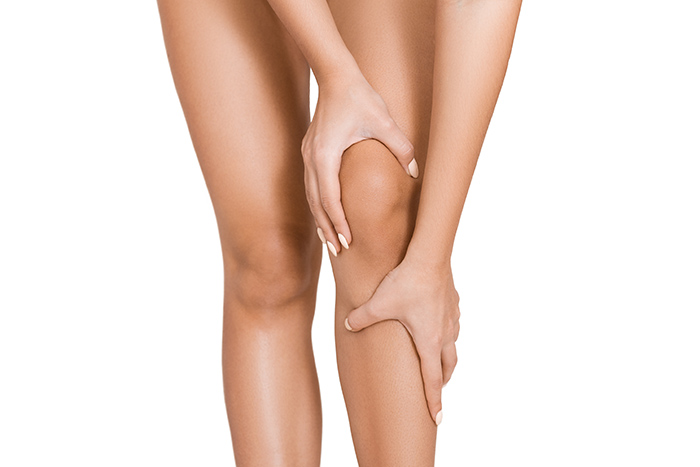Jumper’s Knee vs. Runner’s Knee
Athletic individuals are likely familiar with knee pain, specifically, pain at the front of the knee. However, this has been called both runner’s knee and jumper’s knee. But, are they the same thing?
Jumper’s Knee
This problem occurs with the patellar tendon. This tendon starts at the patella. And runs down the knee to the top of the shin bone. This area of the shin is called the tibial tubercle, and when the thigh muscles contract, this tendon is pulled. Your knee straightens as a result. Jumper’s knee can involve any of the following:
- Inflammation (patellar tendinitis)
- Tearing
- Thickening (patellar tendinosis)
Overuse of intense stress can cause jumpers knee. In fact, an awkward landing during a sport is a common cause. You may experience pain, discomfort, and swelling. This will be worse any time you run, jump, or are overly active. Over time, the tendon can warm-up with activity. This means that jumper’s knee pain can decrease during movement.
Runner’s Knee
Runner’s knee is a more common name for PFPS (patellofemoral pain syndrome). Abnormal or irregular movement patterns of the knee are the cause. The kneecap contacts the femur in a way that is not natural, therefore, causing pain. Any number of factors can contribute to runner’s knee:
Training errors: Increased intensity or volume of training puts extra stress on the knee. Also, not allowing for proper recovery after an injury can be to blame.
Overuse: extended periods of training or use can cause pain. This is even true for well-conditioned athletes. This is especially common when popper recovery time is not taken.
Injury: Any injury to the hip, ankle, or knee can alter the knee joint. As the biomechanics of the joint change, the risk for runner’s knee symptoms increases.
Focal weakness: Weak muscles in the hip and thigh increase pressure on the knee. Without proper support, the patellofemoral joint comes under a large amount of stress. Over time, this can lead to runner’s knee.
Flexibility: Tight muscles can predispose a person to runner’s knee. The most common muscles that are involved in this include:
- Quadriceps (thigh)
- Gastrocnemius (calf)
- Iliotibial band (outer thigh)
- Hamstrings
Gender: Women have wider hips and, therefore, a different knee alignment. This predisposes them to an increased risk of runner’s knee.
Also see, A complete Guide to Runner’s Knee
So, Are Jumper’s Knee & Runner’s Knee any Different?
It is crucial to understand the difference between these injuries. Correct identification of the pain leads to more effective treatment.
So what is the difference, and does it matter? The answer is yes. These two injuries mark different conditions. And although the same joint is affected, causes and treatments differ. It is significant to obtain an accurate diagnosis such as patellar tendonitis. That way, there is no confusion. The treatments for both conditions are similar, but there are differences. Therefore, the correct diagnosis is essential. The good news is surgery is rarely needed for either one.
If you suspect either jumper’s or runner’s knee, call us immediately at 888-409-8006. Our top knee specialists in South Florida are accepting new patients!


No Comments